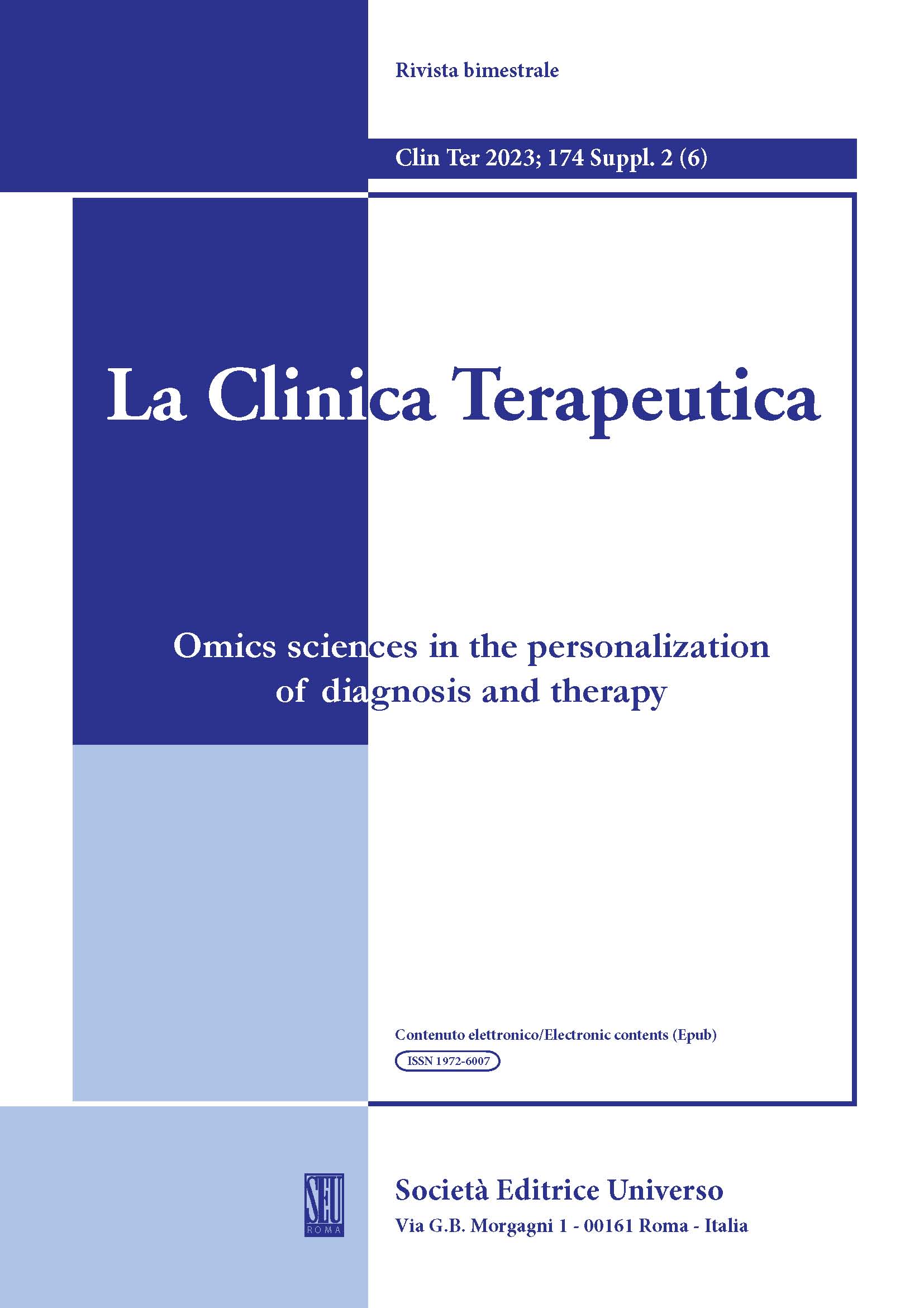Abstract
Background: Lipedema, a complex and enigmatic adipose tissue disorder, remains poorly understood despite its significant impact on the patients’ quality of life. Genetic investigations have uncovered potential contributors to its pathogenesis, including somatic mutations, which are nonheritable genetic alterations that can play a pivotal role in the development of this disease.
Aim: This review aims to elucidate the role of somatic mutations in the etiology of lipedema by examining their implications in adipose tissue biology, inflammation, and metabolic dysfunction.
Results: Studies focusing on leukocyte clones, genetic alterations like TET2 and DNMT3A, and the intricate interplay between adipose tissue and other organs have shed light on the underlying mechanisms driving lipedema. From the study of the scientific literature, mutations to genes correlated to three main pathways could be involved in the somatic development of lipedema: genes related to mitochondrial activity, genes related to localized disorders of subcutaneous adipose tissue, and genes of leukocyte clones.
Conclusions: The insights gained from these diverse studies converge to highlight the complex genetic underpinnings of lipedema and offer potential avenues for therapeutic interventions targeting somatic mutations to alleviate the burden of this condition on affected individuals.
